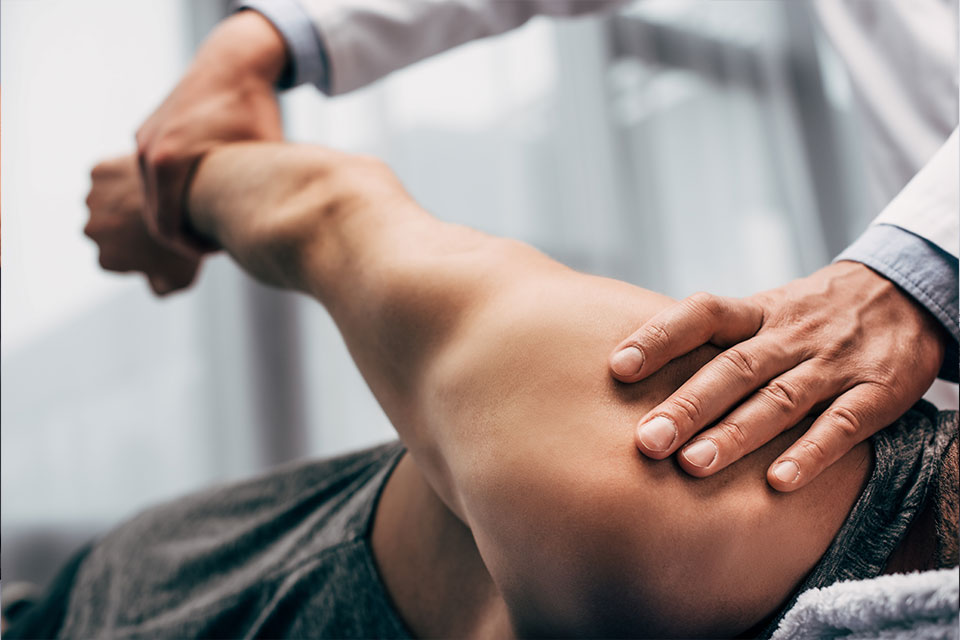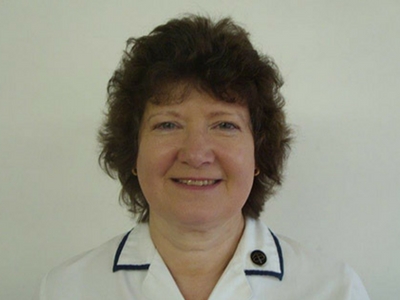Acupuncture is a treatment derived from ancient Chinese medicine in which fine needles are inserted at certain sites in the body for therapeutic or preventative purposes.
Western medical acupuncture is the use of acupuncture after a proper medical diagnosis. It is based on scientific evidence that shows the treatment can stimulate nerves under the skin and in muscle tissue.
This results in the body producing pain-relieving substances, such as endorphins. It is likely these substances are responsible for any beneficial effects seen with this form of acupuncture.
Traditional acupuncture is based on the belief that an energy, or “life force”, flows through the body in channels called meridians. This life force is known as Qi
Chartered Physiotherapists work in close conjunction with GP’s, Consultants and other Health Care professions. They have undergone a 3 or 4 year degree in Western medicine before embarking on further acupuncture training at post graduate level.
Chartered Physiotherapists are bound by a strict professional and ethical code. The Acupuncture Association of Chartered Physiotherapists has an additional strict code of practice. Members of the AACP are required to keep up with a stated minimum number of training hours per year in order to remain on the register.
You are therefore assured of safe and effective treatment with a member of the AACP
AACP members are in a unique position to combine Acupuncture with other treatment methods:
All AACP members have approved training in Acupuncture for Pain Relief.
Advanced Members are able to offer the treatment of many conditions.


Female Pelvic Pain: Acupuncture can help to eliminate or significantly reduce the pain
Chronic pelvic pain (CPP) is one of the most common pain conditions affecting women and can have a significant impact on quality of life. Chronic pelvic pain is a multi-system disorder when pain symptoms can manifest in many different ways for each women. There are also many root causes to pelvic pain ranging anywhere from trauma, muscle strain, emotional stress, and nutritional deficiencies. The pain in the pelvis can be defined as truly unique to each individual woman in the root cause and manifestation of it.
How Acupuncture Helps to Relieve Female Pelvic Pain?
Acupuncture provides a holistic approach to healing and is effective treatment to relieve the pain. The fundamental concept of acupuncture is the balanced flow of life energy, Qi through the body. The Qi flows in well-defined vessels – meridians, which already are identified and acknowledged by modern scientist research. When the flow of Qi is blocked by disease or injury, the symptoms of illness – pain, swellings, and tenderness manifest themselves. Acupuncture points are well- demarcated areas along the meridians, which “unblocks” the flow of Qi with the insertion of needle.
One major hypothesis from Western researches is that acupuncture works through neurohormonal pathways: the needle in the body stimulates the nerves that send signals to the brain, and the brain releases neural hormones such as beta-Endorphins. By doing that, the patient may feel euphoric, or happy, and this increases the pain threshold and they feel less pain.
The needles inserted locally, in pelvic area improve local blood flow and invigorate Qi/energy flow. This local needle insertion causes a local release of histamine and endorphins and facilitates local pain gate effects.
Needles inserted more distally, on the legs and arms stimulate descending pain inhibition, as well as the production of endorphins and β-cortisol (anti-inflammatory).
What types of Pelvic pain can be eliminated with Acupuncture?
Gastroenterological pain
Urological pain
Chronic pain of urological origin is associated with bladder-related symptoms of urgency, frequency, hesitancy, incontinence, nocturia, dyspareunia and urinary tract problems such as:
Myofascial pain syndrome
Psychological factors
Studies of women with Chronic Pelvic Pain have documented a high incidence of psychological disturbance and sexual abuse. The role of unknown neurophysiological mechanisms within the enteric nervous system, spinal cord and supraspinal areas cannot be overestimated. Chronic pelvic pain without (or even with) inflammatory, mechanical or visceral pathology is likely to involve all levels of the Central Nervous system. In such cases the therapeutic approach should be directed at the physical, emotional and systemic levels.
References
Akimoto T, Nakahori C, Aizawa K (2003) Acupuncture and Responses of Immunologic and Endocrine Markers during Competition. Medicine & Science in Sports & Exercise 35(8): 1296-1302
Heitkemper M, Jarrett M, Bond E (2003) Impact of Sex and Gender on Irritable Bowel Syndrome. Biological Research For Nursing 5 (1): 56-65
Proctor M. L., Smith C. A., Farquhar C. M. & Stones R.W. (2002) Transcutaneous electrical nerve stimulation and acupuncture for primary dysmenorrhoea. Cochrane Database of Systematic Reviews 2002, Issue 1. Art. No.:CD002123. DOI: 10.1002/14651858.CD002123.
Rankin AJ (2002) Chronic Pelvic Pain In: Textbook of Pain 4th Ed, Churchill Livingstone.
Stones RW, Loesch A, Beard RW et al (1995) Substance P: endothelial localization and pharmacology in the human ovarian vein. Obstetrics and gynaecology 85(2): 273-278
Practitioners
Our Physiotherapy Clinic Services
The West Wimbledon Physiotherapy Clinic aims to provide a selection of services to maintain and enhance health and wellbeing. Although primarily a physiotherapy clinic, a range of other treatments are available.




